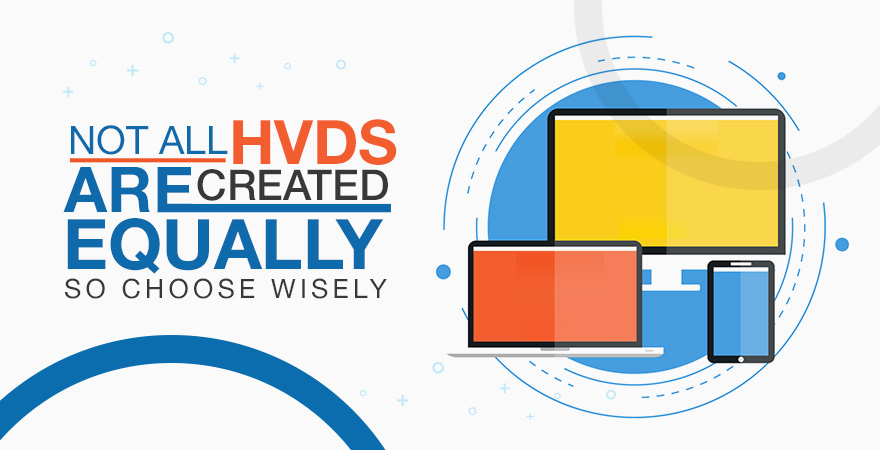You must have heard the saying “don’t compare apples with oranges”. Well, this is absolutely true for Hosted Virtual Desktops (HVDs) as well. Now, you have loads of Cloud Service Providers (CSP) in the market that are offering HVDs.
Each CSP is trying to woo you, so that you go for their HVD. Well, it all starts with properly knowing what you actually want from your Hosted Virtual Desktops. If you’re not clear on that, chances are you’ll end up going for the wrong or costlier option.
Once you have finalized your “shopping list” of all the things you want the HVD to be capable of, then begins the daunting task of finding the most suitable HVD at the best price possible. But do YOU know the differences between the HVDs out there?
There’s one more thing to it, will this HVD solution be able to meet your future productivity needs? After all, you can’t afford to switch your cloud provider every now and then. This affects both productivity and employee morale.
When it comes to the in depth details of their HVD offerings, you will find most Cloud Service Providers somewhat “tightlipped”. Well, this is certainly not good news for you, as cutting costs is among the end goals of adopting HVDs.
How will you be able to pitch an HVD offering against your existing platform or what’s being offered by another cloud provider? Without clear and quantifiable variables, you won’t be able to make an informed decision.
Well, this is one area to start with; where dinCloud’s Hosted Virtual Desktop offerings stand out from the competition. At dinCloud, we take out all the guesswork from the costing of HVDs by offering an industry leading flat rate monthly subscription model.
By choosing dinHVDs, you will be able to compute your cloud bill right down to every precious dollar, which is nothing short of a blessing in an industry where you are never fully certain of how much an HVD will ultimately cost you down the road.
Now, let’s come to some performance related considerations. Most “hosted virtual desktop” service providers refer to a Windows 7 look and feel? If it does, chances are pretty good that what you’re getting is a Windows Server Terminal Services session with a Windows 7 “look and feel”, not a true Windows 7 hosted desktop.
Even that part aside, at dinCloud, our HVDs come equipped with a fully virtualized Windows 10 desktop experience. So, you’re “killing two birds with one stone”. You are not only migrating to a state of the art cloud infrastructure, you’re also upgrading your Operating System (OS) in the same stretch.
This means you’ll be right up there when it comes to compatibility with the latest software, applications, enterprise software and other specialized productivity tools. dinHVDs will enable you to come at par with the latest infrastructure trends.
Now, let’s dive into end user experience (UX), which is a very crucial element of your exodus to the cloud. Are you looking for an HVD solution where the system state must be preserved? These are known as persistent virtual desktops and offer a much superior user experience and lots of personalization. At dinCloud we offer both persistent and non-persistent dinHVDs, depending on your unique needs and preferences.
In this post, we have merely “scratched the surface” when it comes to HVDs. By now, you would be well aware that NOT ALL HVDs are created equal. It’s important to understand what your organization’s needs are, and look for a service provider that understands your needs and has the capability to fulfill them effectively.
The wrong choice could be both costly and painful, which you can’t afford in today’s cut throat competition. Now, there’s zero room for errors or costly experiments.
For more information on how dinCloud’s Hosted Virtual Desktops stand out from the competition, please visit our Hosted Virtual Desktop page or Request More Information to speak with one of our cloud specialists.



